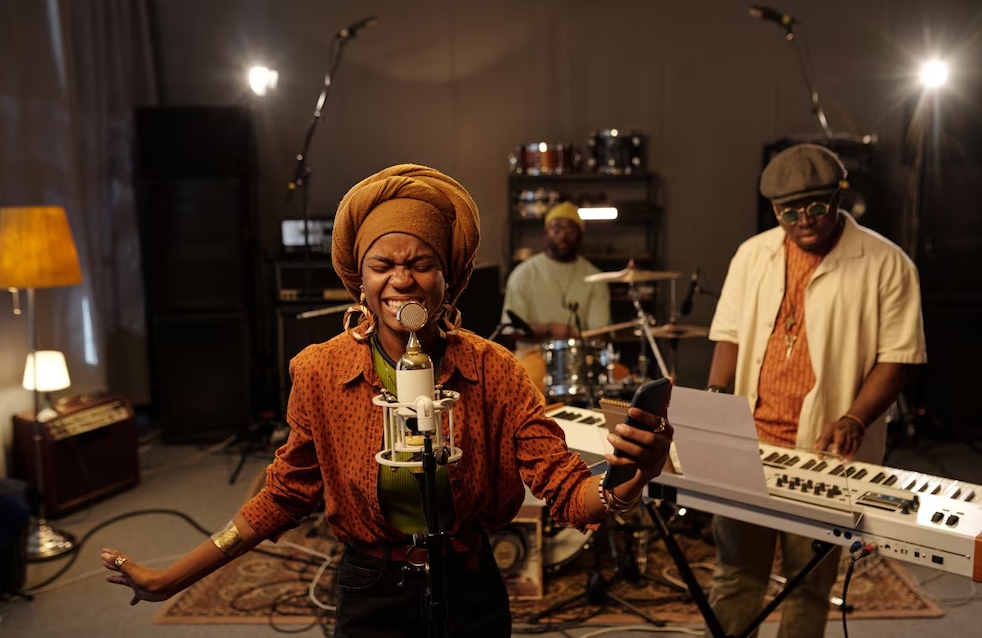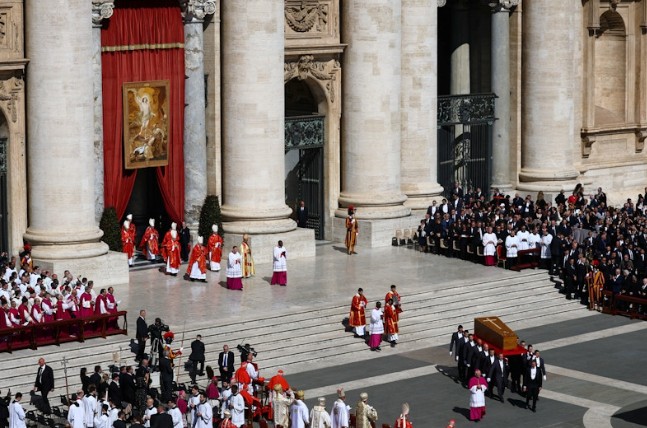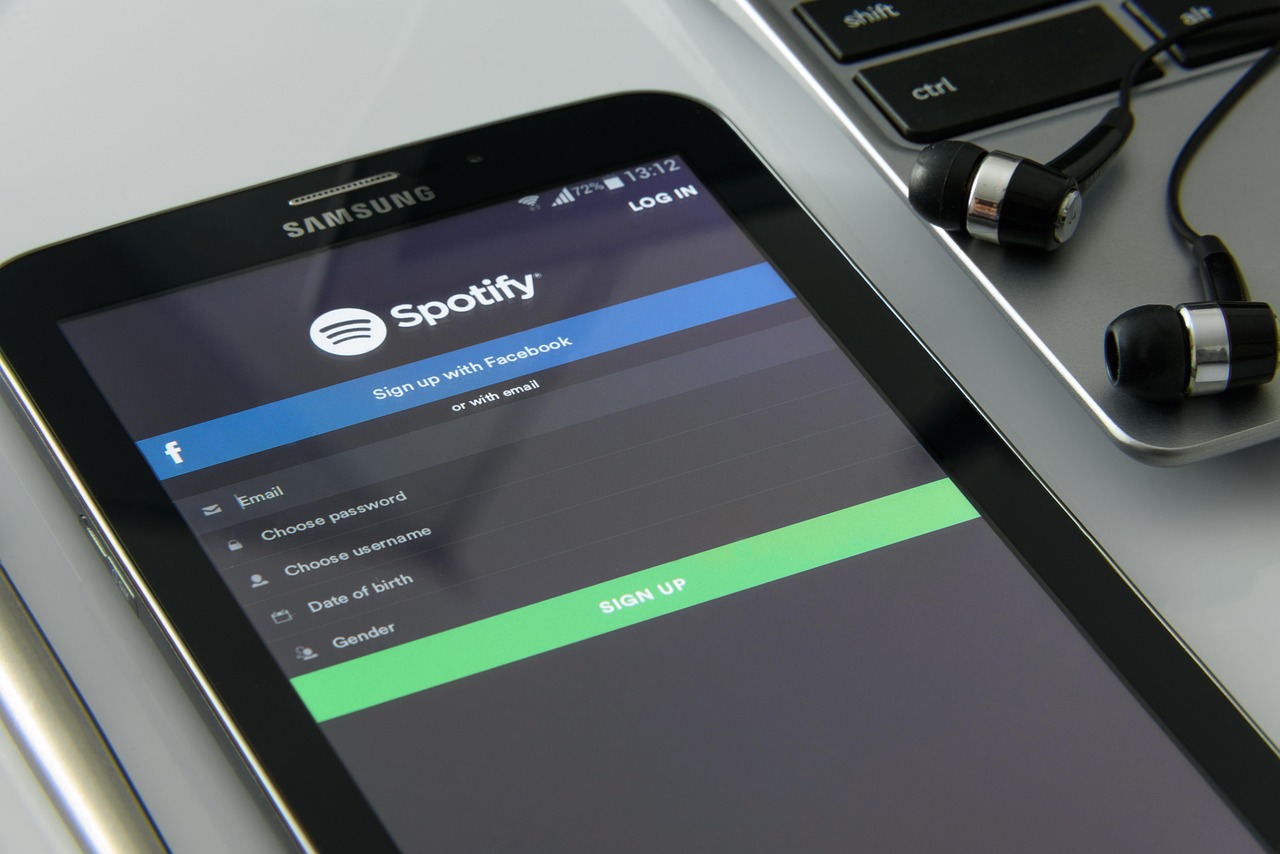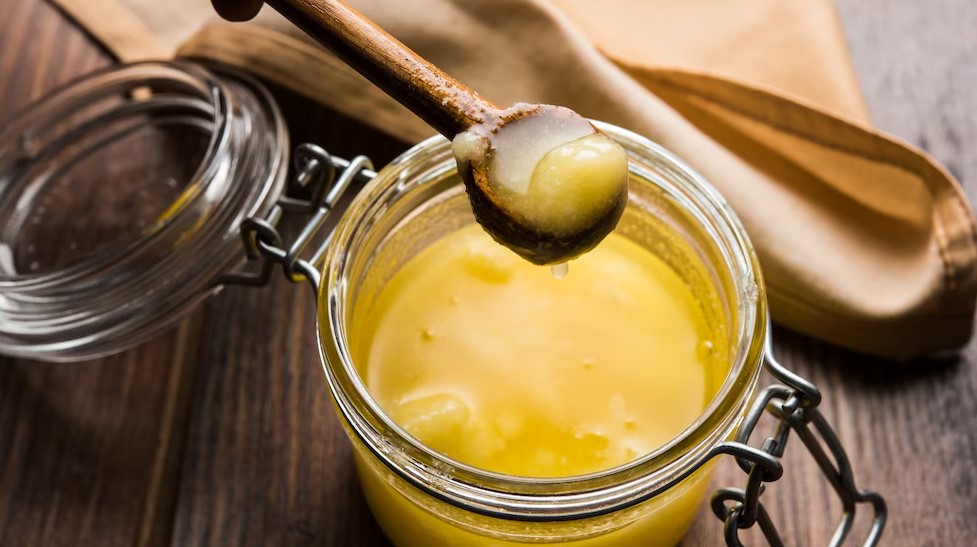Why the music at a restaurant matters more than you think

Whether it is soft jazz playing in the background at a cosy coffee shop or the rhythmic pulse of Somali dhaanto beats accompanying a platter of camel meat in Eastleigh, music is the secret sauce many restaurant owners use to set the mood.
Ever walked into a restaurant and instantly felt relaxed, or strangely anxious, without knowing why? It might not be the décor or the food, it might be the music.
Whether it is soft jazz playing in the background at a cosy coffee shop or the rhythmic pulse of Somali dhaanto beats accompanying a platter of camel meat in Eastleigh, music is the secret sauce many restaurant owners use to set the mood, guide eating habits, and even subtly influence how long you stay.
“Music sets the tempo of the experience,” says David Maina, a Nairobi-based disc jockey (DJ) who has worked with various hospitality venues to curate in-house playlists.
“It’s not just background noise, it’s psychological. The right beat can make customers feel relaxed, welcomed, or even encourage them to spend more time (and money), and that is the most important factor since at the end of the day, it is all business.”
He explains that tempo plays a surprising role in dining behaviour.
“Too fast, and customers eat quickly and leave,” Maina says.
“It’s great for fast food joints or cafes that want quick turnover, like Chicken Inn or Pizza Inn. But too slow, and you might lose the lunchtime crowd that’s in a rush. You have to read the room, find the rhythm that matches the flow of the business.”
There is a popular TikTok trend making the rounds that captures the subtle panic of fine dining a little too well. It starts innocently, a guy is enjoying his meal alone at a restaurant, slow jazz playing softly in the background, fully soaking in the vibe.
Then suddenly, he hears it: that slow, posh laugh, you know, the rich people laugh. Instantly, his expression changes; that one sound alone is enough to signal what is coming next: a bill that is going to hurt.
The trend hilariously taps into a real, shared fear: those fancy places where the music is mellow, the portions are tiny, and the prices are anything but chill.
According to Maina, genres like acoustic soul or lo-fi hip-hop tend to slow people down, perfect for places encouraging a long, relaxed stay, like Java, Cj’s.
In contrast, upbeat Afro-pop or reggae-toned instrumentals might boost energy in a bustling street-food spot like Mama Rocks or even Alchemist.
Cultural identity
The right music can also reflect cultural identity, evoke nostalgia, or create an immersive dining experience that keeps customers coming back, not just for the food, but for the vibe.
“People don’t always remember what song was playing,” Maina adds, “but they always remember how the place made them feel, and music is a huge part of that.”
Yes, music is part of the menu
Restaurant owners are becoming more intentional about music choices, seeing sound as just as important as the smell of food or the plating on a dish.
In Somali restaurants like Faduma Hindi in Eastleigh, traditional music not only enhances the cultural ambience but also creates a feeling of home, especially for customers far from the Horn of Africa.
“We play nasheed hits during lunch to evening hours,” says Ahmed Mohamed, owner of Faduma Hindi Restaurant.
“Nasheed", which refers to Islamic devotional songs or chants, is often performed a cappella or with minimal instrumentation. They are popular in many Muslim communities, including Somali culture, and are known for their emotional and spiritual depth.
“It reminds people of family, home, and comfort food. That emotional link makes the food taste even better.”
What science says: Does tempo affect taste and time?
A 2012 Oxford University study found that people dining to slower music ate more slowly, stayed longer, and even rated the food more highly.
Meanwhile, upbeat pop or dance music tends to speed people up, which is great for quick-service restaurants that want to rotate tables fast.
“Restaurants can actually increase revenue by changing the playlist depending on the time of day,” says Grace Muriuki, a brand consultant.
“Brunch hours do well with mellow Afro-soul, while evening traffic responds better to smooth jazz or instrumental Bongo Flava.”
Music also affects how much you spend. A 2018 study published in the Journal of Consumer Research showed that classical music in fine dining restaurants made customers more likely to order expensive dishes and wine.
That is not just a coincidence, it is audio marketing.
While many Nairobi cafés go for indie or Afro-fusion playlists, nyama choma joints in Kitengela or Kamakis often stick to rhumba, or reggae, each serving a distinct clientele with specific vibes.
“When we tried switching from gengetone to slow music, our regulars complained,” laughs Lucy Njeri, who manages a choma base in Kamakis.
So, the next time you walk into a restaurant, pause and listen. The music might tell you more about what is on the menu.
Top Stories Today













































